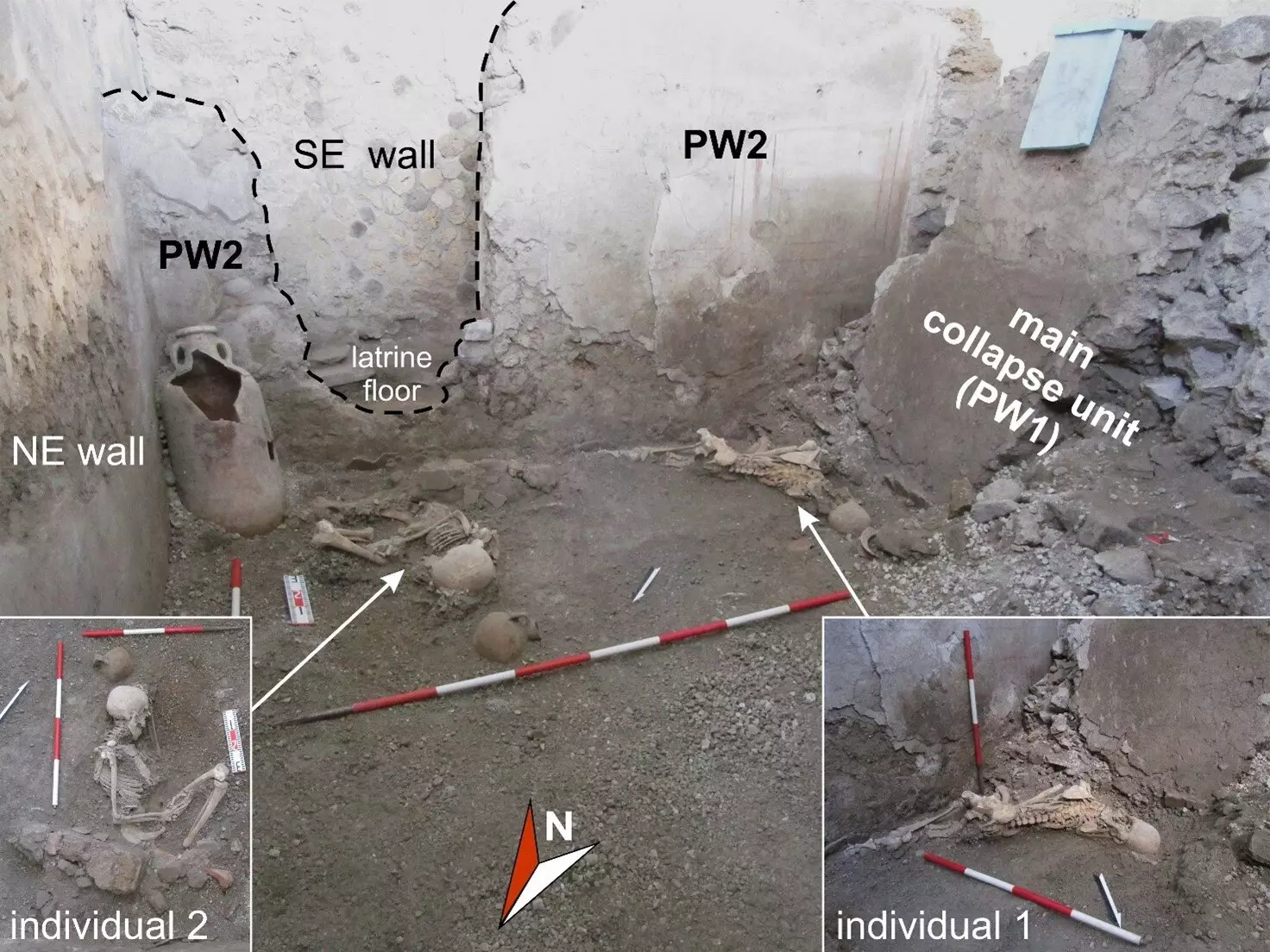In the annals of human history, few disasters resonate as profoundly as the eruption of Mount Vesuvius in 79 CE—a catastrophic event that encapsulated the interplay between seismic and volcanic forces. A recent groundbreaking study led by the Istituto Nazionale di Geofisica e Vulcanologia (INGV) alongside the Pompeii Archaeological Park unpacks the seismic intricacies that unfolded during this tragic episode. Unlike conventional assessments that typically focus on one element—be it the volcano or the earthquakes—the researchers have engaged in a vital multidisciplinary exploration to dissect how these forces interacted and ultimate influenced the fate of the residents of Pompeii.
Understanding the sequence of events during such natural disasters is central to grasping their consequences. Dr. Domenico Sparice, a leading volcanologist in the study, aptly likens the complex interaction between earthquakes and eruptions to a jigsaw puzzle, where each piece is crucial for assembling a coherent narrative. This analogy emphasizes the challenge researchers face in deciphering what truly transpired in a city caught in the tumult of both seismic quakes and volcanic eruptions. By doing so, they argue, we can appreciate not just the destructive power of nature, but also its chaotic unpredictability.
Seismic Events: A Hidden Threat
The study takes a bold stance that seismicity during Vesuvius’ eruption was not merely a byproduct of volcanic activity but a significant causal agent leading to the obliteration of Pompeii. Co-author Dr. Fabrizio Galadini emphasizes the necessity of accurately determining the causal relationships between these intertwined phenomena. Traditional narratives often overlook the impact of seismicity, focusing primarily on the visible devastation caused by lava and ash. However, the collapse of buildings triggered by earthquakes, especially after the initial volcanic activity had seemingly passed, paints a grimmer picture: one of panic, desperation, and fatal misjudgment by the city’s inhabitants.
Further complicating matters is the fact that many individuals seeking refuge believed the immediate dangers had subsided. This psychological perspective is paramount; the survivors may have wrongfully interpreted the temporary cessation of the eruption as a signal of safety, only to be met with violent shocks that led to instant destruction of their shelters.
A Gruesome Discovery
The study’s revelation concerning skeletal remains excavated from the “Casa dei Pittori al Lavoro” has profound implications on our understanding of human vulnerability during the eruption. The presence of two male skeletons, aged around 50, exhibiting signs of traumatic injuries, offers chilling evidence of the chaos that ensued. The first skeleton’s position suggests a sudden death due to the crushing of a wall, while the second individual’s defensive posture highlights a desperate attempt to escape the unanticipated dangers at hand. This discovery bridges the gap between historical narratives and tangible human experiences, imparting a more intimate, chilling understanding of the disaster.
The violent interplay of events faced by the Pompeiians—caught between ash falls and debilitating tremors—exemplifies the often-overlooked effects of seismic activity on communities exposed to volcanic threats. It compels a reconsideration of how disaster vulnerabilities are managed and mitigated, particularly in contemporary contexts where similar natural disasters can unfold with alarming unpredictability.
Human Choices in the Face of Nature
The examination of human choices under extreme duress emerges as a central theme of this research. Human reactions, forged in the heat of crisis, had dire consequences. Did they mistakenly perceive security in the eye of a storm? As researchers delve deeper into recorded evidence, the need to understand the psychology of disaster preparedness and response becomes imperative.
Archaeologists now argue that the dynamics of the eruption not only dictated the fateful decisions taken by individuals at the time but also inform our current understanding of risk management in volcanically active regions. The lessons drawn from Pompeii are critically relevant today, as technologies and knowledge about natural disasters advance—yet the essential human experience of fear, misperception, and choice remains as poignant as it was 2,000 years ago.
Employing the tale of Pompeii reveals an uncomfortable truth: amid advancements in early warning systems and predictive models, we often overlook the human element, which can result in tragic outcomes when nature’s wrath is unleashed. The continuing study of events that transpired in Pompeii urges modern society to remain vigilant, cultured in the lessons of our predecessors, and prepared against similar tribulations that nature might unleash once more.

